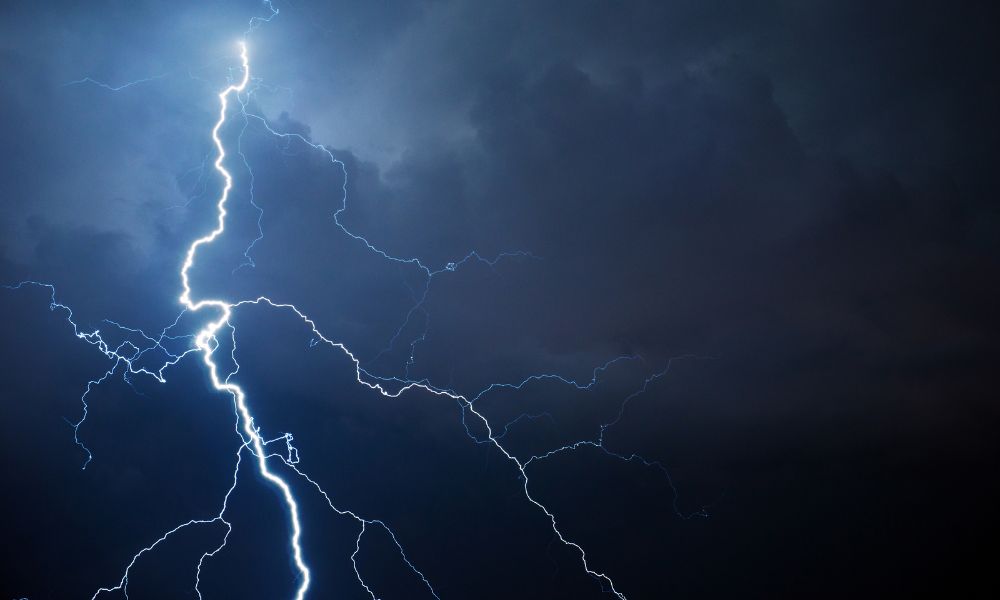Different Types of Injuries Caused by Lightning Strikes

Lightning strikes might seem rare, but they can cause severe damage. Lightning is dangerous due to its extreme power and unpredictability. A single bolt can carry up to one billion volts of electricity and generate extreme heat. You’re in great danger if you come into contact with the wrath of lightning, directly or indirectly. Explore the different types of injuries lightning causes to enhance your safety and learn precautionary measures.
Direct Strike
Direct strike injuries occur when lightning hits a person. Depending on the strength of the strike, injuries can include any of the following:
- Major burns
- Cardiac arrest
- Neurological damage
- Hearing loss
- Intractable hemorrhages
- Temporary paralysis
- Loss of consciousness
Side Splash
Side splash, or side flash, injuries occur when lightning jumps from its primary target to a secondary target, such as a nearby person. Side splash injuries are less intense than direct strike injuries but still very dangerous. They can include burns and electrical injuries, which can lead to long-term nerve damage if not treated promptly.
Contact Injuries
Contact injuries occur when someone touches an object, like a metal pole or a wire, that is struck by lightning. Electrical currents can travel through an object and into the person, causing electric shock. Then, they may suffer from burns, muscle spasms, seizures, and unconsciousness. Contact injuries can be severe, depending on the current’s strength, the object’s conductivity, and how the person made contact with the object.
Ground and Water Current
Ground and water current injuries occur when lightning strikes the ground or a body of water and the electrical charges from the strike disperse across the surface. Anyone standing, swimming, or near these conductive surfaces can enter the path of the current. Water and ground current injuries can range from mild electrical shocks to severe burns. In the worst-case scenario, they may suffer from cardiac arrest and electrocution. The severity depends on the distance from the strike point and the person’s exposure.
Water is a good electrical conductor because it stores and passes on currents very effectively. Charged water is a lot more powerful than ground currents. Lightning detectors for swimming pools can alert swimmers and lifeguards about nearby lightning threats, allowing them to evacuate the area and avoid severe injuries from charged water.
Being situationally aware and on guard for potential lightning threats can reduce the possibility of suffering from the different types of lightning strike injuries. Now that you know the risks, you can take safety precautions and mitigate danger.
Request a Quote
"*" indicates required fields
At TALOS, Engineering Drives Best-in-Class Quality
Our mission is to provide families with quality products that promote safety and awareness while enjoying leisure activities together. Our patent pending products feature the same technology used in expensive weather stations, but at a fraction of the price.
SHOP NOW
Don’t just take our
word for it.
At TALOS®️, we're developing that technology into new innovative concepts designed for enhancing consumer lifestyles.